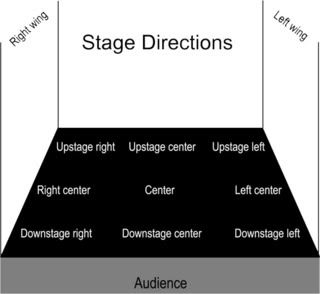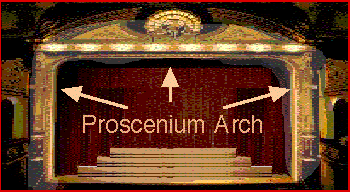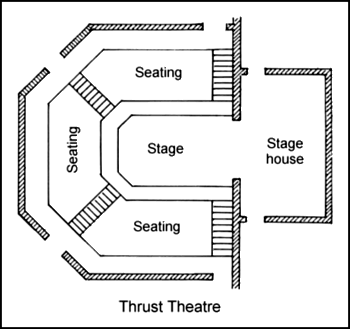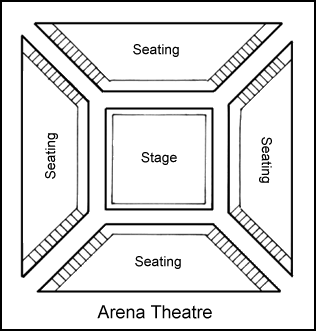Most auditions ask for two contrasting monologues. In musicals, they could ask for two contrasting musical numbers as well. It is generally a good idea to go with one classic and one contemporary monologue, choosing a comedy or dramatic piece from either era, or one up-beat and one ballad song.
For example, you could choose a dramatic Shakespearean or Greek classic monologue, and one contemporary comedic monologue, from Oscar Wilde or another recent play. For musicals, you could choose a classic from Rogers and Hammerstein or Sondheim, and a contemporary piece from Wicked or Rent.
But what are the judges really assessing throughout your audition?
1) How well you can hold the performance space on your own:
Do you have the confidence to hold the audience's focus on stage? They're looking to see how much life and energy you can bring to your performance, as well as the level of authenticity.
2) How well you can bring emotional truth to your work:
Can you place yourself truthfully and emotionally in your character's shoes? They want to see you share this emotion with your audience.
3) Your ability to exist in the moment:
This is a huge skill to learn. They're looking for the spontaneity in your performance. Are you able to act as if this is the first time your character has ever said those words or feel those feelings. And they're looking to see if you can act like the environment you've created around you is real.
4) Your ability to understand the context of your piece:
Events in a play provide clues about how to act your particular piece of text. It is highly recommended that you choose a piece from a play, and not a stand-alone monologue. If you choose a monologue from a play, read the play in it's entirety. The judges can sometimes interview you on your piece, and if you have read the play, you have solid information to back you up on your character's motivations for saying this monologue. It is also wise to do a bit of research on the play and your character. The judges will want to see that you understand what this character has been through, and what the history and social situation of this piece truly is.
5) Your ability to characterize a piece of text:
Judges would be looking to see if you can portray this character as a real person, and not a cliche or stereotype. Can you act convincingly as this character?
6) Your capacity for theatrical awareness:
Judges might be looking for your sense of awareness on stage. They look to see if you can imagine the presence of other characters onstage, and if you seem like a natural at acting.
7) Your capacity for theatrical intelligence:
Have you set your pieces effectively? Judges might take note if your character moves from one place to another appropriately, how the character would move in real life compared to your interpretation, how the character would speak, etc.
8)Your ability to work in both comic and tragic roles:
Judges might like to see if you can handle acting in a variety of roles. They want to see if you can distinguish the difference between comedy and tragedy and how they work.



